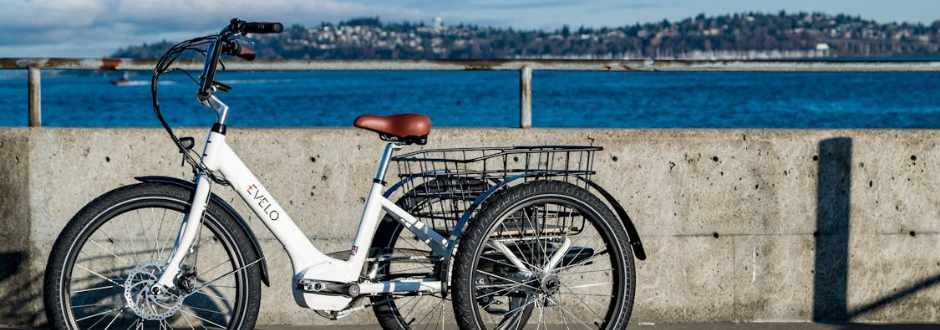E-Scooters VS E-Bikes: Which One is Right for You?
Published July 8, 2024

As urban centres become increasingly busy (nothing quite like breezing through a congested crowd of people on your E-Scooter), and cars become even less viable with the way that ozone layer is headed, finding efficient and eco-friendly modes of transport has never been more important! Enter E-scooters and E-bikes …. But with both options vying for your attention, how do you decide which one is right for you? Let’s dig into the pros and cons and find out:
1. Convenience and Portability
E-Scooters: E-scooters are renowned for their compactness and portability. Most models can be folded, making them easy to carry on public transport or store under your desk at work.
E-Bikes: While e-bikes are bulkier than e-scooters, they still offer a level of convenience that traditional bicycles can’t match. Many e-bikes come with removable batteries for easy charging, and some models feature foldable frames!
2. Speed and Range
E-Scooters: E-scooters typically offer speeds ranging from 15 to 30 mph, making them ideal for short to medium commutes. The range of an e-scooter on a single charge usually falls between 10 to 30 miles, depending on the model and riding conditions. This range is generally sufficient for daily commutes, but longer journeys might require a recharge.
E-Bikes: E-bikes, on the other hand, can reach speeds of up to 28 mph, depending on the assistance level and local regulations. They boast a more extensive range, often between 20 to 70 miles on a single charge. This makes e-bikes suitable for longer commutes and recreational rides, offering more flexibility in terms of distance and duration.
3. Cost and Maintenance
E-Scooters: The cost of e-scooters can vary widely, with entry-level models starting around $300 and high-end versions exceeding $1,500. Maintenance costs are generally low, involving regular checks on tires, brakes, and battery health.
E-Bikes: E-bikes tend to have a higher upfront cost, ranging from $800 to over $4,000 depending on the model and features. Maintenance is akin to that of a regular bicycle, but they are built for durability and long-term use.
4. Environmental Impact
Both e-scooters and e-bikes offer significant environmental benefits compared to cars. They produce zero emissions during operation (remember that Ozone layer from before?)
5. Use Case Scenarios
E-Scooters:
• Best for: Short commutes, urban environments, last-mile transportation, and riders looking for a portable and fun mode of travel.
• Ideal users: Office workers, students, and those with limited storage space.
E-Bikes:
• Best for: Longer commutes, recreational rides, hilly terrain, and users seeking a comfortable and versatile mode of transportation.
• Ideal users: Daily commuters, fitness enthusiasts, and eco-conscious individuals.
Conclusion
Choosing between an e-scooter and an e-bike ultimately depends on your specific needs and lifestyle. If you value portability and ease of storage, an e-scooter might be the ideal choice. However, if you prioritize range, comfort, and versatility, an e-bike could be a better fit. Ultimately, both options provide an eco-friendly, efficient, and enjoyable way of travelling!

Designed for a jet-set lifestyle, glide around the marina, then stow the SwiftyONE MARINE away on a private plane or yacht.
View Range